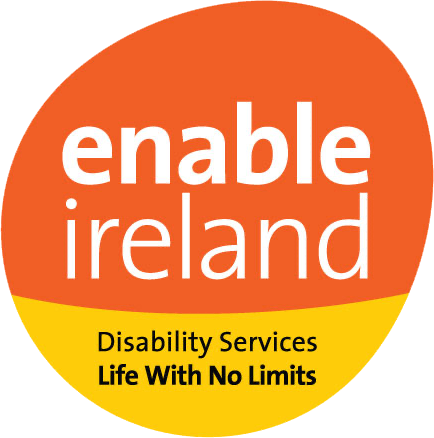Frequently asked questions
For repairs to equipment funded by the HSE please contact your CDNT. Please describe the type of equipment, for example wheelchair, bed, give a brief summary of the issue, and provide the Asset Tag number which is on a silver sticker attached to the piece of equipment.
You can view the respite providers in our area on our Resources Page.
Please discuss your family's needs for additional supports with your local CDNT clinicians.
You can read more about IFSP's on our How our teams work page.
A parent may wish to provide additional information to support decision making as to which service would best meet their childs needs (CDNT, Primary Care, CAMHS).
With parental consent and where appropriate the CDNT will collaborate with other relevant services.
Formal complaints can be made through our comments, compliments and complaints process, your service your say. Informal queries can be directed to your CDNT, Find your CDNT contact details on our Team Pages.
You can contact your CDNT to find out who the parent rep is for your CDNT. You can find your CDNT contact details on our Team Pages.
Please contact your CDNT to arrange sharing of reports. You can find your CDNT contact details on our Team Pages.
Familys can access private services and this will not jeopardise their place with CDNT, see our national policy for CDNTs on private therapies.
CDNTs offer services to children based on need rather than diagnosis. CAMHS is the lead service with regard to the assessment and management of ADHD. You can read more on this on our CAMHS information page.
Each child needs is considered based on the information available to the CDNT, Safety needs take priority over all other needs.
CDNTs deliver intervention services in line with the progesing disability services model of service. You can read more on this on our how our teams work page.
Currently there is no facility to reimburse families who access therapies privately.
The clinicians who are working with your child can facilitate a discussion with you around which service best meets your childs need at this time.
Staffing levels both in CDNTs and Primary Care determine wait times to access therapy services.
- Retention Strategies: To retain existing staff, the HSE focuses on improving working conditions, offering professional development opportunities, and providing support for career progression. Initiatives may include mentoring programs, continuing education, and leadership training.
- Work-Life Balance and Well-being Initiatives: Recognising the importance of work-life balance and mental health, the HSE implements programs to support the well-being of its staff. This includes flexible working arrangements, wellness programs, and access to mental health resources.
- National and International Recruitment Campaigns: The HSE conducts extensive national and international recruitment campaigns to attract healthcare professionals, including doctors, nurses, and allied health professionals. These campaigns often target countries with similar healthcare systems or where there is a surplus of healthcare workers.
- Partnerships with Educational Institutions: The HSE collaborates with universities and colleges to create educational pathways that align with healthcare needs. This includes offering scholarships, internships, and placement programs to encourage students to pursue careers in healthcare.
- Streamlined Recruitment Processes: Efforts to streamline and expedite recruitment processes include the introduction of online application systems, reducing bureaucratic barriers, and improving the overall candidate experience. The HSE aims to make the hiring process more efficient to quickly fill critical positions.
- Collaboration with Recruitment Agencies: The HSE collaborates with specialised recruitment agencies to tap into their expertise and networks, ensuring a broader reach in attracting candidates.
- Promotion of the HSE as an Employer of Choice: Efforts to enhance the HSE’s reputation as an attractive employer include marketing campaigns that highlight the benefits of working within the HSE, such as job security, career development opportunities, and the chance to make a meaningful impact on public health.
- Adapting to Post-Pandemic Challenges: Post-COVID-19, the HSE is focusing on addressing the new challenges in healthcare delivery and workforce management. This includes enhancing digital healthcare capabilities and ensuring that the workforce is equipped to handle future public health crises.



